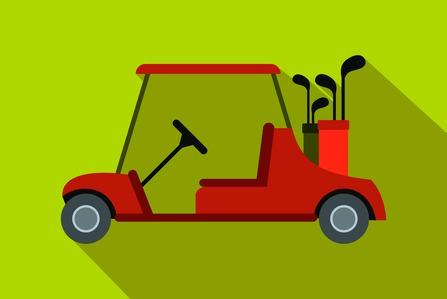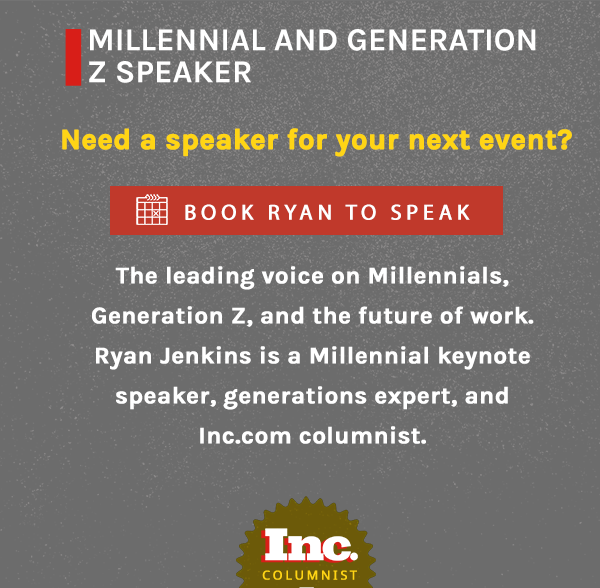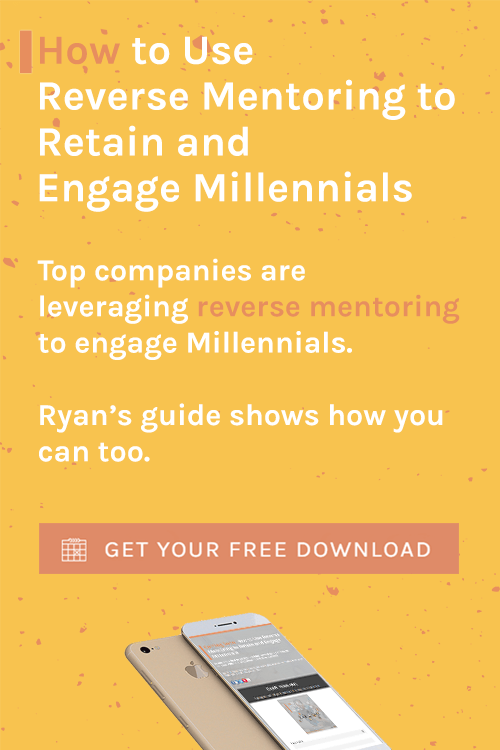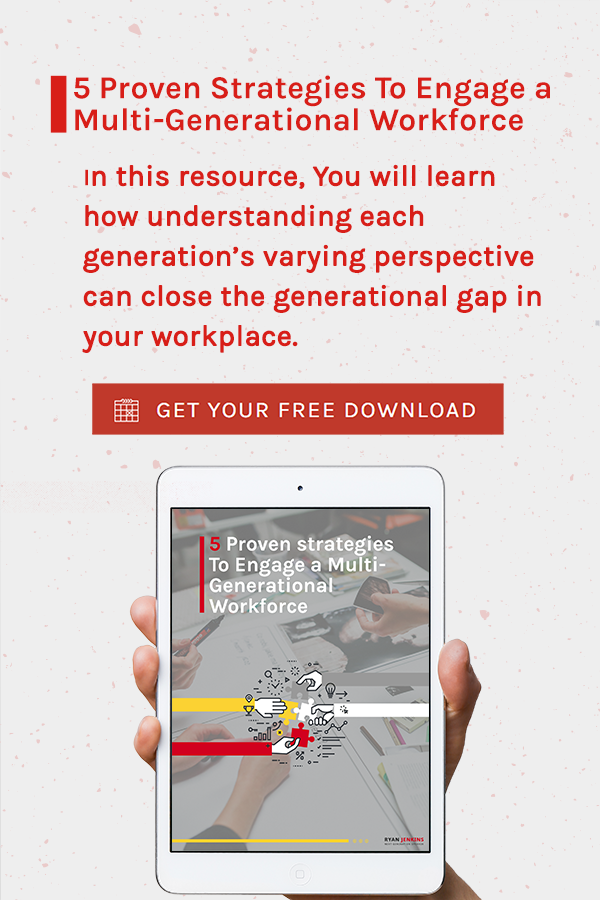Golf is scrambling to find ways to entice the next generation of golfers. Is it too late for a mulligan?
According to the National Golf Foundation, golf has lost five million players in the last decade with 20 percent of the existing 25 million golfers likely to quit in the next few years.
The number of Millennials ages 18 to 34 participating in sports such as running rose 29 percent from 2009 to 2013, but the proportion playing golf fell roughly 13 percent. Some estimates suggest Baby Boomers and Generation X'ers account for 75 percent of all golf play by volume. In 2013, only 22 percent of Millennial travelers under 33 played golf when they stayed at a resort, compared with 42 percent of Baby Boomers.
However, there is an outlier in the golf industry where 18 to 34 years old make up 64 percent of their customers. That outlier is the Millennial magnet, Topgolf.
Topgolf is a premier entertainment and event venue with point-scoring golf games for all skill levels. Across their 24 locations (21 in the U.S. with 11 more coming soon and 3 in the U.K.), people reserve a golfing bay where up to six people can eat, drink, watch TV, and drive golf balls.
By 2017, Topgolf anticipates its total attendance to be more than 18 million as it grows its U.S. locations to around 50. According to the 2014 National Golf Foundation report, that would outpace the number of golfers who began or returned to the game by 14 million.
Here are five areas where golf can learn from Topgolf's success when it comes to engaging Millennials.
1. Enhance the experience
Topgolf is an entertainment center loaded with friendly staff, food and drink, video games, and golf at the core of it all. Topgolf invites DJs and bands to perform in the evenings where the golf targets change colors and pulse in rhythm to the music. Some locations throw New Year's Eve, St Patrick's Day, and other holiday parties.
On the golf course, Millennials are much more likely to enhance the experience with music, alcohol, gambling, and social media engagement. In fact, two of every five Millennial golfers today play music out loud on the course. Courses should consider creating experiences with golf boards, golf bikes, attaching speakers to tree trunks on every hole, or extreme alternatives such as All Sports Golf Battle or Altered Course.
Related Read: 3 Keys to Keep Millennials From Leaving Your Organization
2. Offer options
Topgolf charges by the hour, $25-$45 per hour for a bay, and offers seven different games to players which is enticing when contrasted with the limited game options available on today's golf courses and considering the traditional 18-hole round can take about six hours door-to-door and cost on average $52 per person.
On the golf course, Millennials are interested in options beyond the two choices of nine or 18 holes. Golf courses are engaging Millennials with a variety of options such as putting mini-courses, six-hole evening rounds, and six, eight, and 12-hole designs--which have been supported by PGA superstars, Jack Nicklaus and Greg Norman.
3. Social savvy
Topgolf methodically maximizes their facilities for social and video sharing, going as far as optimizing the locations for landscapes and views. Food and beverage drive 60 percent of Topgolf's business.
Golfing is individualistic by default and falls short on the Millennial values of inclusion and diversity. The courses scoring with Millennials are those designed where people can meet new people, such as beer tastings from craft breweries throughout the course or night contests where participants wear necklaces that glow in the dark.
4. Gamify the game
Topgolf has received serious street cred with Millennials because of its ultra-connectivity and gamification. Players can choose from seven different games where their scores are tracked by the Topgolf app, and they can compete against the daily, monthly, or all-time leaders in each game.
Golf courses that gamified the game would win over Millennials. Imagine courses that offered greens with a 15-inch hole and a regular 4.25-inch hole with each target being worth different point values and where every hole had a new incentive--a beer for par or a sleeve of balls for a birdie--and was all tracked on a mobile device via RFID chipped balls.
Related Read: 22 Helpful Statistics for Recruiting and Engaging Millennials at Work
5. Achieve approachability
Susan Walmesley, Topgolf's VP Sales and Marketing, said, "I never played golf before [joining Topgolf], and always thought of it as a bit of a stuffy sport that took a lot of time. We wanted to tear down that image."
Golf courses that are shaking the stuffy label are engaging Millennials. Some courses are experimenting with relaxed or no dress codes. Others have tried quadrupling the size of the hole from 4.25 inches to a 15-inch diameter to make the game easier and faster.
Will Topgolf's popularity translate into Millennials swinging clubs on the links? Not sure. Topgolf CEO Ken May says, "Millennials are there to have fun, not necessarily to get good at golf." Topgolf has, however, given golf a necessary window to carefully "tee-up" it's next shot to entice the Millennial generation.
Question: How else will golf need to adjust to Millennials?
Consider Ryan Jenkins to be your next Millennial/Generation Y or Generation Z keynote speaker by clicking here...
![]()
This article was originally posted on Ryan's Inc.com column, Next Generation Insights.






